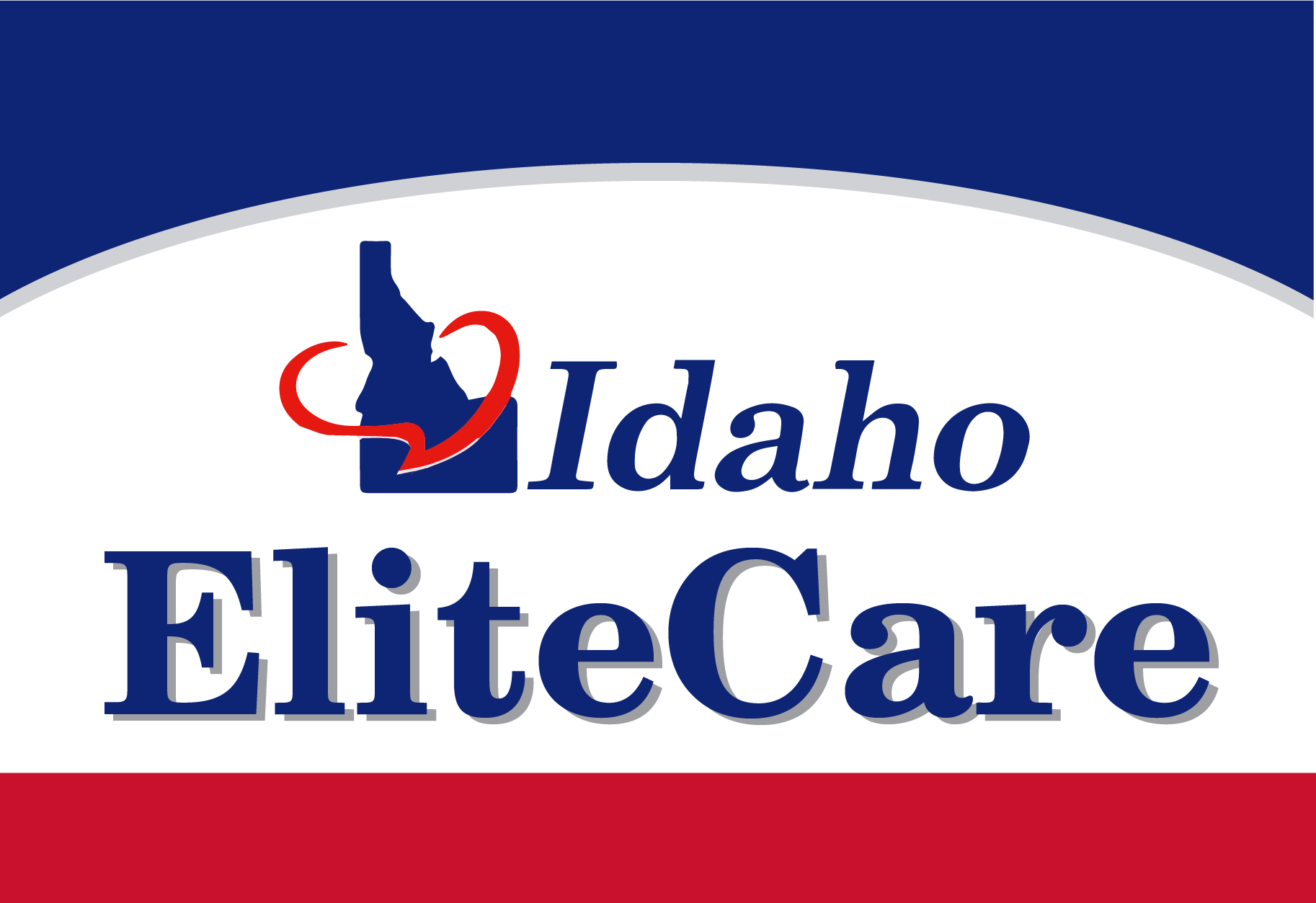What You Should Know About Your Medicare Part D Coverage

In their efforts to provide a standard level of prescription drug coverage, Medicare offers what is called Part D, which is a list of prescription drugs they cover. These drugs are called a formulary, and they are on different tiers of these formularies.
Medicare Prescription Drug Plans and Medicare Advantage Plans each have their own list of drugs that are covered. These plans include both brand-name prescription drugs and generic drug coverage. At least two drugs are included in the most prescribed categories and classes.
This ensures that people with medical conditions get the prescriptions they need. All Medicare plans must cover at least two drugs per category, but plans can opt for which drugs are covered by Part D.
The formulary might not include a specific drug but, in most cases, a similar drug should be available. An exception can be requested if a healthcare provider believes that none of the drugs on a plan’s formulary will work for a patient’s condition. In these cases, a specific drug can be allowed.
Read more below to learn about the changes that you should know about. It is important to be aware of these to avoid any surprises due to changes in coverage that you may not have been aware of.
Changes You Should Know About
Medicare drug plans can make changes to its drug list if it follows the guidelines set by Medicare. These changes are made since standards of care change, as new drugs are released, and when new medical information is made available.
If the Food and Drug Administration (FDA) removes a drug from their list of approved medications because they are unsafe or if the maker removes them from the market, the coverage may be deleted from the formularies. Brand-name drugs can also be replaced with generics for reasons such as a cost change. If a change is made, anyone with a prescription will receive notification of the change.
If a change involving a recipient’s prescription occurs, the plan must do one of the following:
- Give written notice to a recipient at least 30 days before the change takes place OR
- When a refill is requested, a written notice and a one-month supply must be provided under the same plan.
It should be noted that drug plans that offer Medicare prescription drug coverage (Part D) can remove a brand name drug from their formularies immediately and without prior notice. They may also replace them with generic drugs and change prices as well as coverage rules for all drugs. If a recipient is taking one of these drugs, they will receive a notice of these changes.
Changes may necessitate a change in the drug or the price you pay for it, although you may request an exception. Using the drugs on your plan’s formulary may save you considerable amounts of money instead of having to pay full price, unless you receive an exception.
Generic vs. Brand Name Prescriptions
The FDA considers generic drugs copies of brand-name drugs, and the same as those brand-name drugs in terms of:
- Dosage
- Strength
- Safety
- Route of Administration
- Quality
- Performance Characteristics
- Intended U
The same active ingredients are used in generic drugs as are found in brand-name drugs. Before being approved for use by the FDA, generic drugs must be proven to work the same as brand-name prescription drugs. In some cases, however, there may be no generic drugs available for a brand name drug being prescribed. Interestingly, some generic drugs are better-known than the brand-name drug they serve as a substitute for. Fortunately, there may be another similar generic drug available that can serve as a substitute but works in the same way as the brand-name drug.
Regardless, anyone being prescribed a medication should discuss the possible use of generics with their physician.
Tiers
To lower costs, many plans offer prescription drug coverage that are on different tiers into their formularies. These tiers can be divided in different ways. These tiers cost different amounts. A drug in a lower tier will generally cost a patient less than a drug in a higher tier. Below is an example of a Medicare drug plan’s tiers, which might be different from yours.
Tier 1: Lowest copayment, most generic prescription drugs
Tier 2: Medium copayment, preferred, brand-name prescription drugs
Tier 3: Higher copayment, non-preferred, brand-name prescription drugs Specialty Tier. Highest copayment, high-cost prescription drugs
To lower costs, many plans offer prescription drug coverage that are on different tiers into their formularies. These tiers can be divided in different ways. These tiers cost different amounts. A drug in a lower tier will generally cost a patient less than a drug in a higher tier. Below is an example of a Medicare drug plan’s tiers, which might be different from yours.
In some cases, a more expensive drug on a higher tier may be prescribed, and the prescriber believes that the recipient needs that drug instead of a drug on a lower tier, an exception can be requested, and a lower copayment can be requested.
Please note that your plan may be different and coverage levels can also change. The above is only an example.
Summing Up Medicare Part D
Because Medicare Part D deals with Prescription Drugs, it is an important part of Medicare for most people. It is complicated, but don’t let that alarm you. You don’t need to know the ins-and-outs of Medicare to get the best coverage. After all, that is our job. We stay on top of all the changes to the drugs and formularies, so you don’t have to. If there is a change that affects you in the pipeline, we always will let you know well before it happens. So you can be prepared.
We hope that when it is time for you to choose your Part D coverage, you will let us coach you through the process. After all, our goal is to help people get the coverage they need. Please share this article if you felt it was informative!
And if you need help, simply tap the button below to get in contact and I will personally answer your questions.



